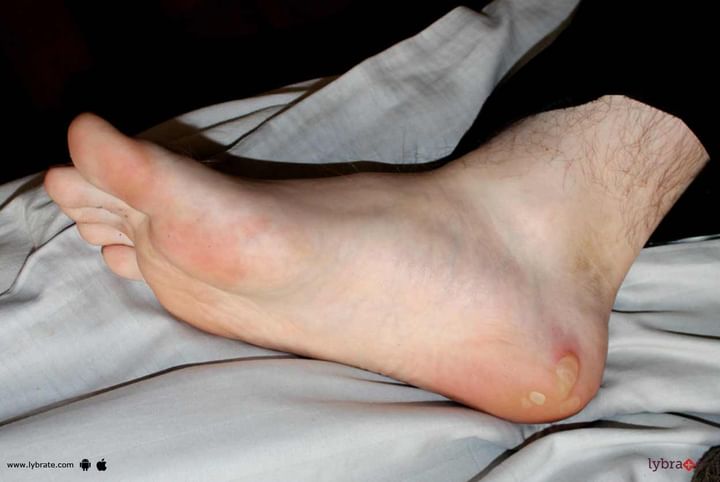Epidermolysis Bullosa Simplex - Know Classifications Of It!
Epidermolysis bullosa simplex is a genetic disorder that results in the skin turning fragile and blister prone. Any small injury or friction created due to rubbing of the skin might lead to blister formation. In some cases, blisters may occur inside the mouth and on the cheeks. Normally, the cause of the disease is linked to defective genes. The condition is usually inherited and the symptoms start flaring in childhood. In some cases, the symptoms start during the early twenties.
The symptoms of this disease are:
1. Deformities in the nails of the toes and fingers
2. Blisters in the internal organs such as esophagus and vocal chords
3. Formation of blisters on the skin of the feet and the hands
4. Loss of hair and scarring of the scalp
5. Thickening of the skin on the palms and soles of the feet
6. Formation of white skin bumps on the skin
7. You may experience various dental problems such as tooth decay
8. You may have problems in swallowing food
Epidermolysis bullosa can be classified into:
1. Junctional epidermolysis bullosa: This is a severe form of epidermolysis bullosa that usually develops during birth. The condition is characterized by hoarse and unusual crying sounds and scarring in the vocal chords. The genes that attach the epidermis to the basement become defective and thus, cause blister formation.
2. Kindler syndrome: This type is characterized by blister formation across all layers of the skin, but its symptoms tend to disappear with time. This condition is known to cause discoloration of the skin when exposed to the sun.
3. Dystrophic epidermolysis bullosa: This is caused by a defect in the gene that causes problems in collagen formation. This results in complications as the skin doesn't join properly.
Risks associated with it
This disease may cause various complications such as sepsis, skin infection, anemia, constipation and dehydration. An infant, who has a severe form of epidermolysis bullosa, may not be able to survive due to widespread blistering and infections that may drain all the body fluids out drastically.



+1.svg)
